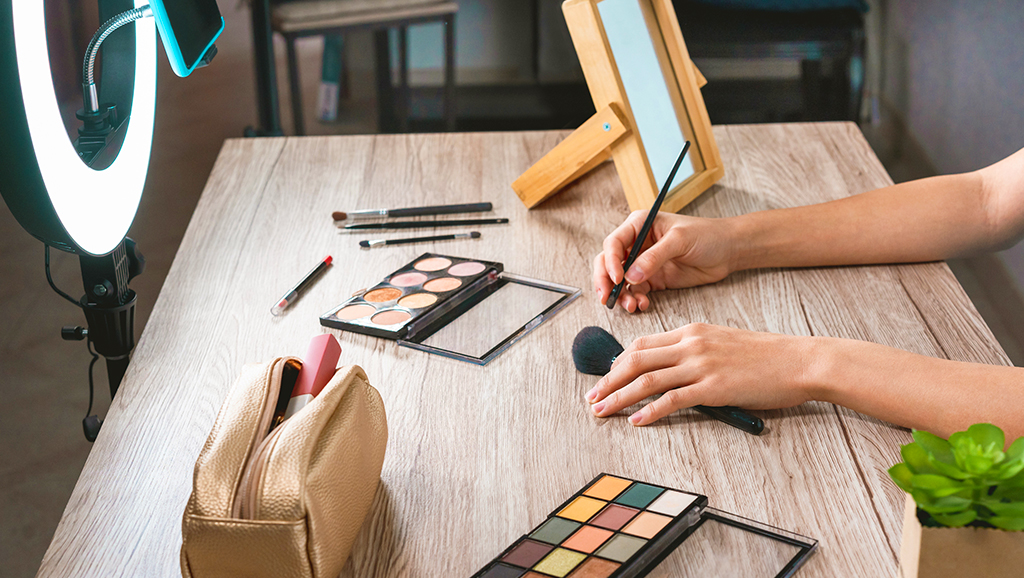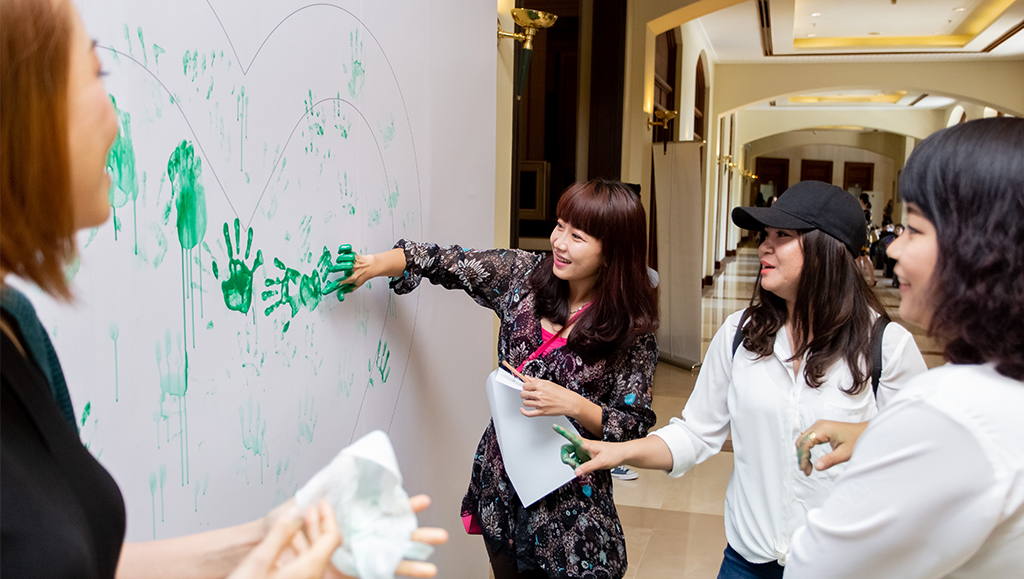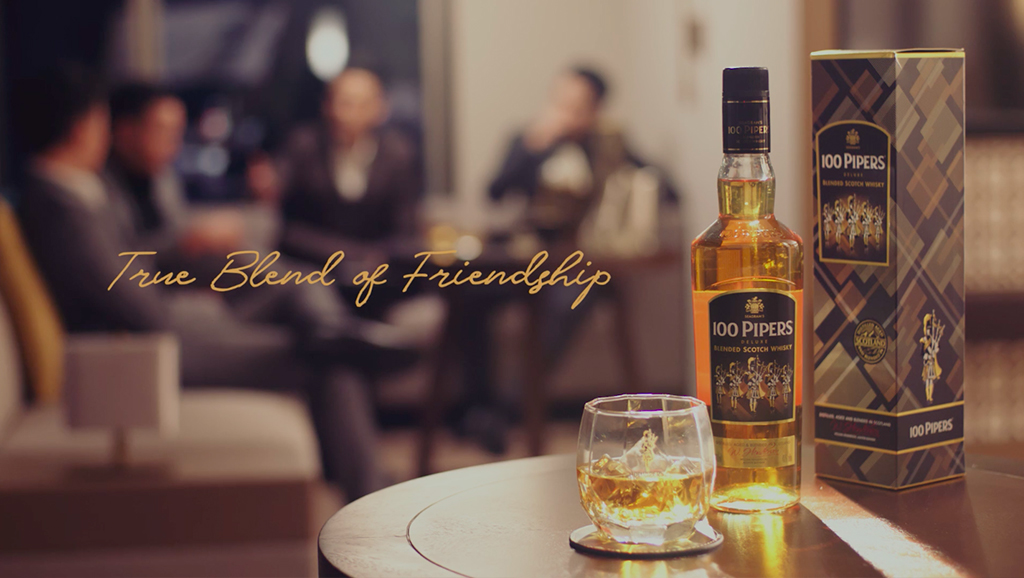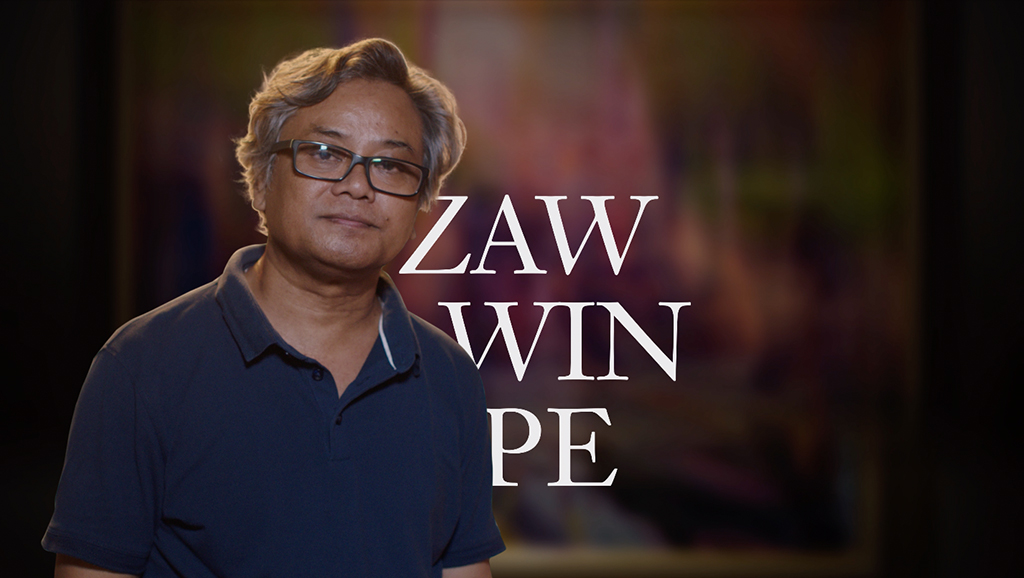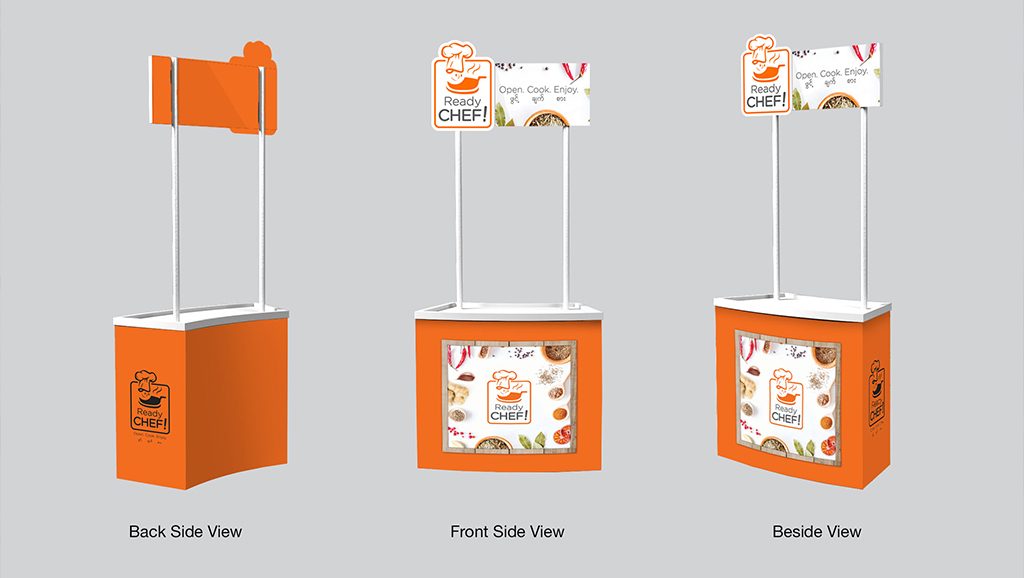
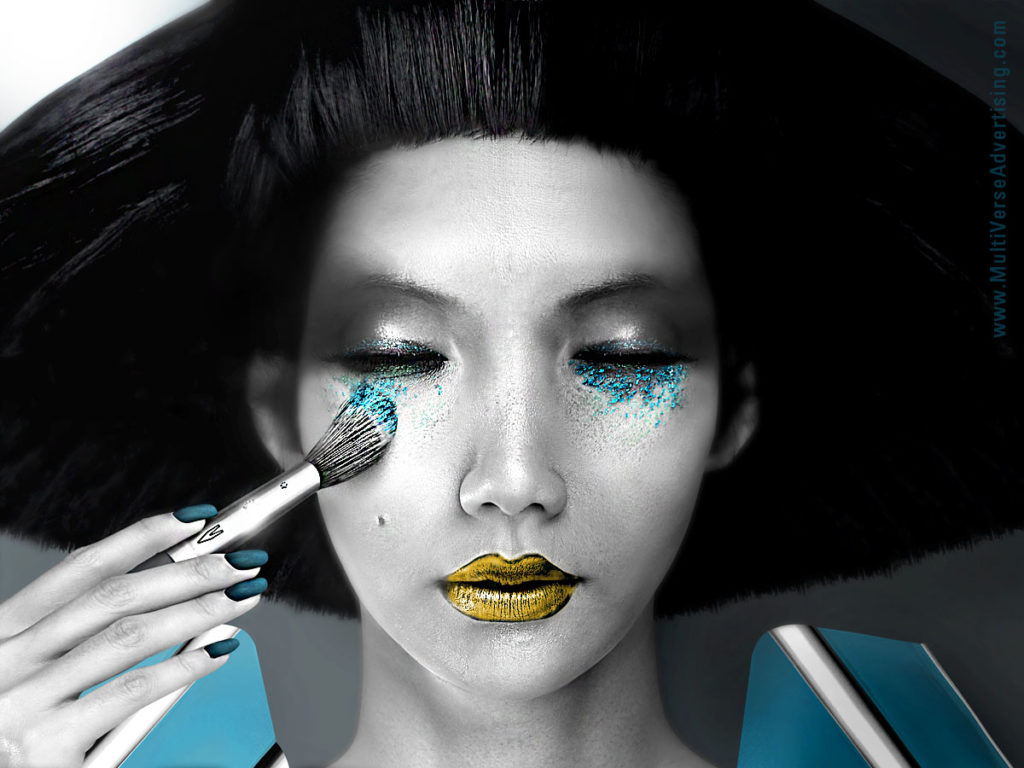
The relationship between art and advertising is often seen as hostile or combative. The question of whether or not advertising can be considered art has even plagued the most acclaimed professional curators and preservationists at the National Museum of American History in Washington D.C. But at MVA, we think advertising is an artform in and of itself.
Of course, in reality advertising has been a part of art for as long as people have been painting, creating acts, drawing and taking photographs. In the same sense, any good advertising agency will want to bring art and creativity into their work.
Before Computers
As early as 200 AD, woodblock printing meant that printers all over the world hired fine artspeople to whittle stamps in order to duplicate artwork, advertisements, and copy faster than merely hiring scribes.
In more modern times, but before computers were used to create advertising layouts, graphic designs or Photoshop images, brands and advertising agencies hired artists to do similar work by hand. Designs were made with custom-created stencils, to be sketched over and over again. Toxic solvents and razor-sharp tools were used to piece together magazine or poster layouts. Professional photo retouchers were hired to edit images without the ease of a computer. For decades, this meant that to effectively complete these complex processes, the modern advertising industry employed some of the greatest fine artists and craftspeople in the world.

Modern Art
As times changed, the lines between advertising and art continued to blur. Perhaps one of the most famous modern examples of advertising and art coming together are Andy Warhol’s renditions of Campbell’s Soup. A total of 32 canvases, the paintings helped encourage a movement bringing art and design into advertising, and inspired many of Warhol’s later works like his Brillo soap pad box sculpture.
Another famous illustrator, Norman Rockwell, also found his creative success at the intersection of art and advertising. Many of his most famous pieces, like Rosie the Riveter, The Problem We All Live With, and Saying Grace, were featured in and funded by The Saturday Evening Post — a bi-monthly American news magazine. Rockwell’s illustrations became as much as a key point of brand recognition for the magazine as their journalist coverage. He also did commissioned advertising art for Coca-Cola, Kellogg’s, and Crest.
Now, flipping the relationship, many brands and advertisers are using artistic renditions of their own products as advertisements. In 2011, the kitchen appliance brand KitchenAid produced an advertising campaign that emulated the styles of artists like Tamara de Lempicka, Andy Warhol, Henri Matisse, and Salvador Dali. Other brands like Orbit and Lipton have done the same.
Our Work
It is thought that art, and more broadly creativity, increases an advertisement’s success. By some measures, creatively awarded campaigns receive a ten-times higher rating of effectiveness than those without awards. Ads with outside-the-box creativity are commonly thought to increase the likelihood of brand memory or recall, and ultimately sell more product.
In our own work, art and creativity permeate everything we do. For our brand refresh that was unveiled just before the start of the new year, we wanted to embrace art even further than we ever have before. To do it, we re-thought our brand and the assets that helped us communicate it, then we teamed up with Yangon-based fashion designer Charlotte Barjou to take it to the next level. The high-fashion looks she created based on our brand story are featured prominently on our website. In a market like Myanmar, unexpected collaborations like this one take brands to the next level.







